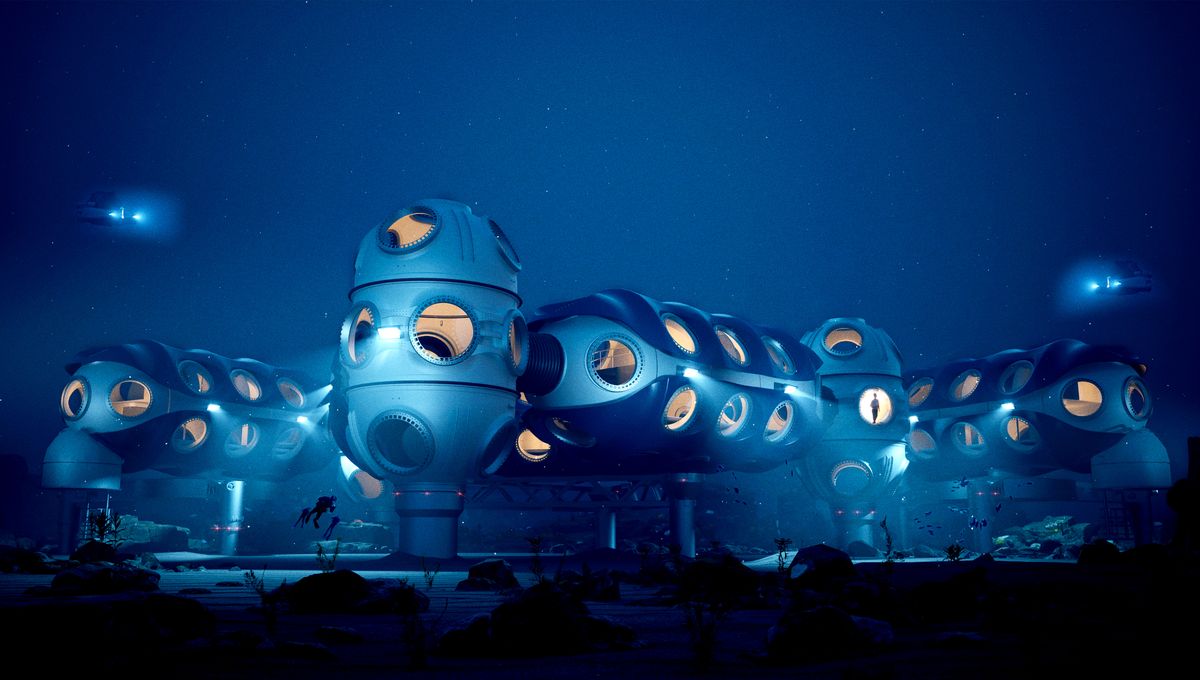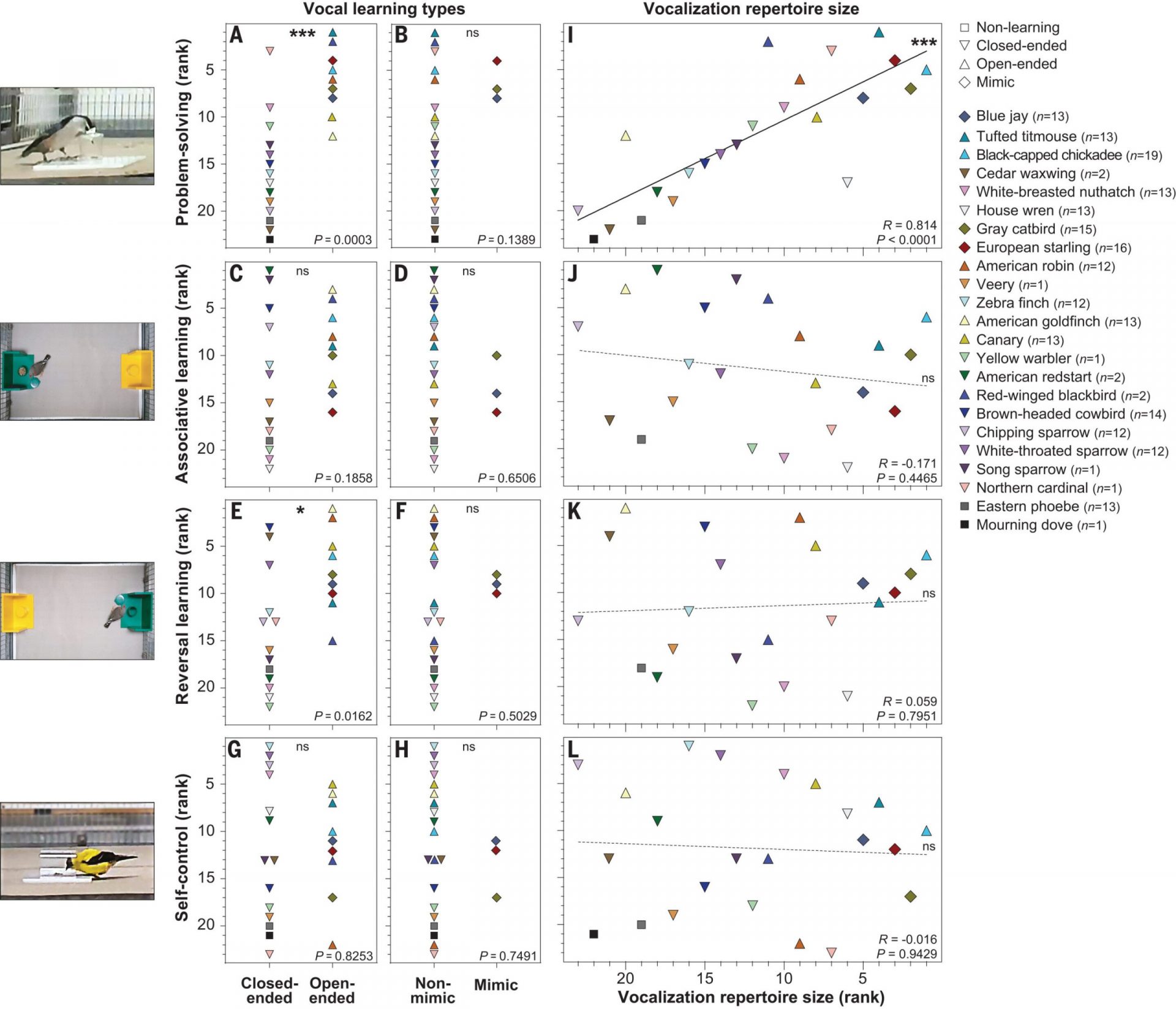Imagine a world where we can explore and understand the mysteries of the underwater environment. That’s exactly what DEEP, a pioneering company, aims to achieve with their innovative Sentinel underwater habitat. This customizable station provides living spaces, communal areas, and research labs for scientists studying the deep sea.
“We need to preserve the oceans. To do that, we need to understand them,” says Steve Etherton, President of DEEP’s arm in Europe, the Middle East, and Africa. “The oceans sit at the center of many of the generational challenges the world is facing, and they also offer opportunities we have not even begun to comprehend. They are the source of at least every other breath we take. They influence the weather. They influence the climate. They influence us.”

“Yet, this life-sustaining ecosystem remains surprisingly unknown. Through our innovative technology, DEEP will enable scientists to operate at depth for extended periods of time and we hope, in some small way, will contribute to our understanding of this life-giving environment,” Etherton continues.
DEEP’s Sentinel modules are not just a concept. They are designed to be fueled by renewable power and connected to a satellite communications buoy. DEEP is also developing a large-scale bioreactor that can treat all waste without the need for regular tank emptying.
These modules have a service life of 20 years and can be redeployed to different locations across the world, making them a sustainable and versatile solution.

When it comes to futuristic concept designs, it’s often hard to distinguish between viable plans and loopy pipedreams. However, DEEP is taking its plans seriously and already making progress in the real world.
DEEP is transforming a flooded quarry in the UK into a 600-meter long and 80-meter deep water facility for training, testing, and research. This facility will provide a practical environment for scientists to further their understanding of the underwater world.

“DEEP is coming out of stealth mode now as we need to take others on this journey. We are already talking to potential international partners, and others with a long-term view of the needs of the planet, who recognize that the upside for humanity in preserving and husbanding the oceans is now too great to ignore,” says Sean Wolpert, President of the Americas at DEEP.
“Looking at the themes around the emerging new ocean/blue economy, we hear of opportunity and solutions in pharmaceutical research, carbon capture, and innovative medicines. This is about how we can cooperate and begin to work with the oceans for generations to come,” Wolpert concludes.








